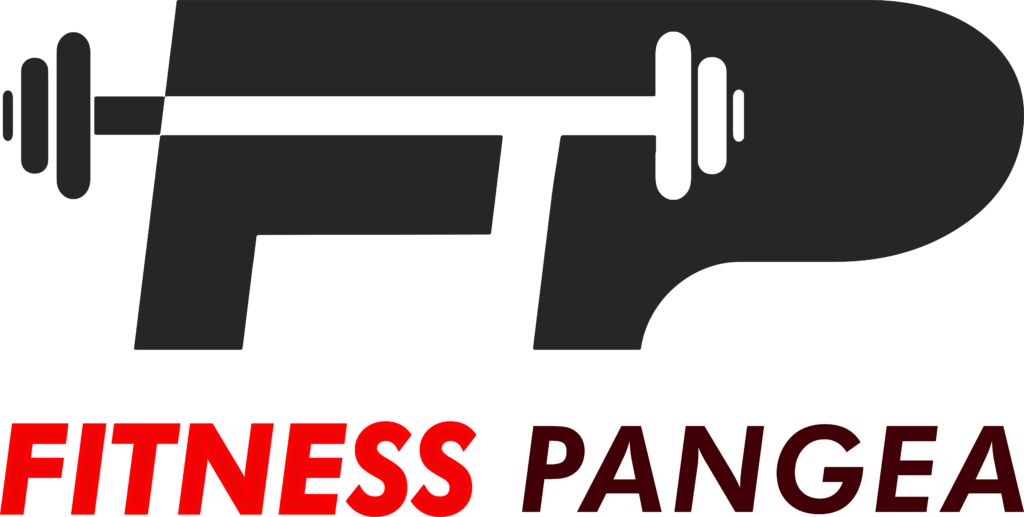When it comes to fitness, many people focus on the importance of working out and maintaining a healthy diet. However, there is another crucial component of any successful fitness routine that is often overlooked: rest and recovery. In fact, rest and recovery are essential for achieving optimal results and maintaining overall health and wellness. In this blog, we will explore the importance of rest and recovery in a fitness routine and provide tips on how to incorporate them into your daily routine.

Why Rest and Recovery Are Important –
Rest and recovery are critical for many reasons, including:
Muscle Repair and Growth
During exercise, your muscles undergo stress and damage. Rest and recovery allow your muscles to repair and grow, which is essential for building strength and increasing muscle mass. Without proper rest and recovery, your muscles will not have time to recover and grow, and you may experience muscle fatigue, soreness, and even injury.
Improved Performance
Rest and recovery also play a significant role in improving performance. Adequate rest allows your body to replenish energy stores, repair muscle tissue, and prepare for the next workout. Without enough rest and recovery, you may experience decreased performance, which can make it more challenging to achieve your fitness goals.
Injury Prevention
Overtraining and inadequate recovery can increase the risk of injury. When your body is not given enough time to recover, it can lead to chronic fatigue, muscle imbalances, and other issues that can contribute to injury. Rest and recovery are critical for preventing injuries and keeping your body healthy.
Mental Health
Rest and recovery are not just essential for physical health but also for mental health. Exercise can be stressful on the body and mind, and rest and recovery can help reduce stress and promote relaxation. Additionally, rest and recovery can help prevent burnout and keep you motivated and engaged in your fitness routine.
How to Incorporate Rest and Recovery into Your Fitness Routine?
Now that we understand why rest and recovery are important let’s explore some tips on how to incorporate them into your fitness routine.
Take Rest Days
Rest days are crucial for allowing your body to recover and repair from workouts. It’s recommended to take at least one rest day per week, but it’s also essential to listen to your body and adjust your rest days as needed. If you feel exhausted or sore, consider taking an additional rest day.

Prioritize Sleep
Sleep is critical for rest and recovery. During sleep, your body repairs and regenerates cells, and the central nervous system processes information from the day. Aim for at least seven to eight hours of sleep per night, and try to maintain a consistent sleep schedule.
Stretching and Foam Rolling
Stretching and foam rolling can help improve flexibility, reduce muscle tension, and promote circulation. Consider incorporating stretching and foam rolling into your post-workout routine, or set aside time for stretching and foam rolling on rest days.
Nutrition
Proper nutrition is essential for rest and recovery. Make sure to fuel your body with a balanced diet that includes protein, carbohydrates, and healthy fats. Additionally, consider incorporating foods that are high in antioxidants, such as berries and leafy greens, which can help reduce inflammation and promote recovery.
Cross-Training
Cross-training involves incorporating different types of exercises into your fitness routine, such as strength training, cardio, and flexibility exercises. Cross-training can help prevent injury, reduce boredom, and promote overall fitness. Additionally, it can help give specific muscles a break while still allowing you to maintain an active lifestyle.
Listen to Your Body
One of the most critical components of rest and recovery is listening to your body. If you feel exhausted, sore, or fatigued, it’s essential to take a break and allow your body to recover. Pushing yourself too hard can lead to injury, burnout, and even illness, so it’s crucial to pay attention to your body’s signals and adjust your routine accordingly.
Incorporate Active Recovery
Active recovery involves engaging in low-intensity activities that promote blood flow and help reduce muscle soreness. Examples of active recovery activities include walking, yoga, and swimming. Incorporating active recovery into your routine can help reduce muscle tension and promote relaxation.
Take Breaks During Workouts
It’s essential to take breaks during your workouts to allow your body to recover and prevent injury. Taking short breaks between sets or exercises can help reduce muscle fatigue and increase performance. Additionally, taking breaks can help prevent burnout and keep you motivated and engaged in your fitness routine.

Hydration
Staying hydrated is essential for rest and recovery. Drinking enough water can help reduce muscle soreness, promote circulation, and flush out toxins from the body. Aim to drink at least eight glasses of water per day, and consider incorporating electrolyte-rich beverages, such as coconut water or sports drinks, into your routine.
Incorporate Restorative Practices
Restorative practices, such as meditation, massage, and sauna, can help promote relaxation and reduce stress. Consider incorporating restorative practices into your routine on rest days to promote overall wellness and reduce stress. In conclusion, rest and recovery are critical components of any successful fitness routine. They play a significant role in muscle repair and growth, performance improvement, injury prevention, and mental health. Incorporating rest and recovery into your routine can help you achieve your fitness goals, prevent injury and burnout, and promote overall health and wellness. By taking the time to listen to your body, prioritize sleep, nutrition, and hydration, and incorporate restorative practices, you can create a sustainable fitness routine that supports your physical and mental health.



